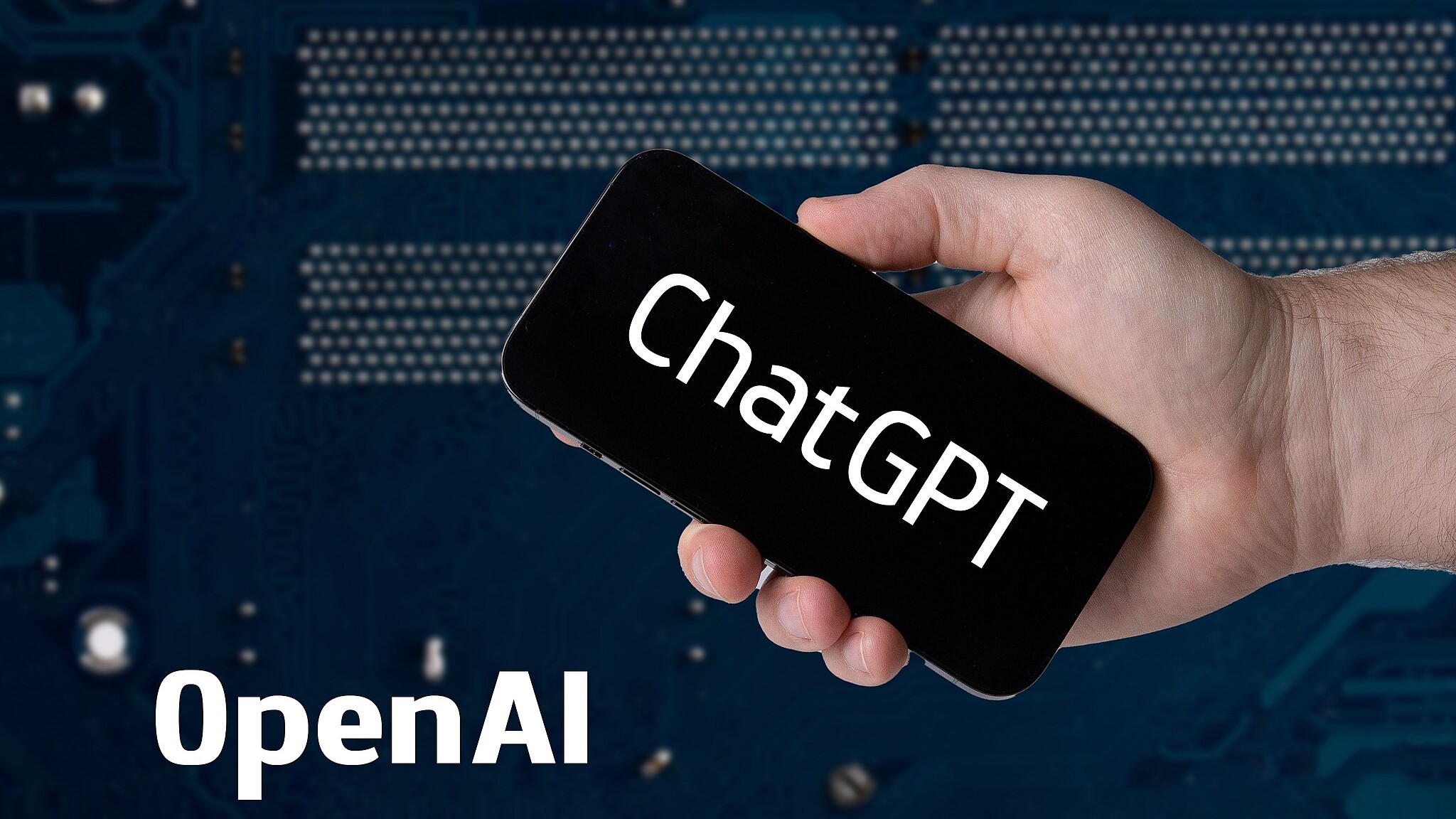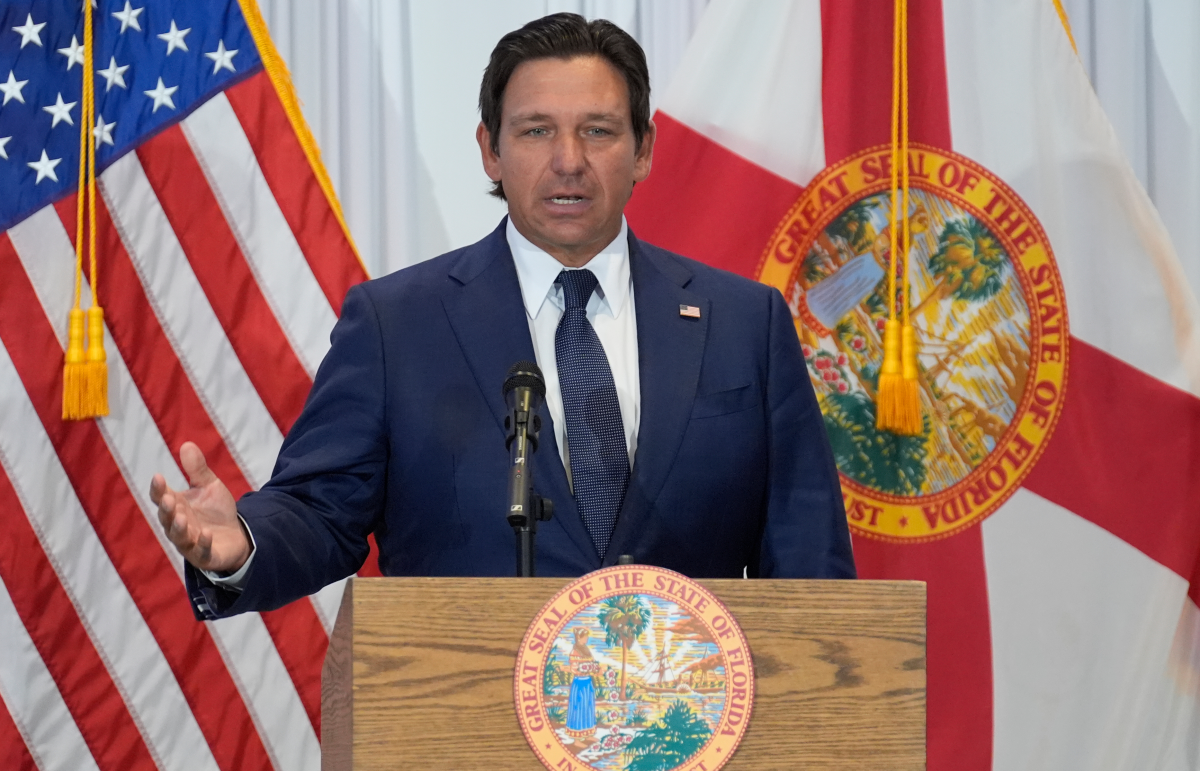Copyright International Business Times

OpenAI's $38 billion cloud infrastructure switch to Amazon Web Services (AWS) signals a watershed moment, and the tech world is holding its breath. A Seismic Shift in Partnership Reuters reported that OpenAI has just signed a seven-year agreement with AWS worth $38 billion to supply its cloud services, granting access to 'hundreds of thousands' of Nvidia GPUs for training its AI systems. The deal follows a recent restructure at OpenAI that removed long-standing exclusivity constraints with Microsoft, enabling the company to partner with AWS as a principal provider. Why This Matters for People What does this mean for the everyday user? As OpenAI scales up its compute backbone, products like ChatGPT could become more powerful, more responsive, and available to more people. But it also raises questions about jobs, data-centre demand, and cost pressures on the tech ecosystem. OpenAI CEO Sam Altman was quoted as saying that the partnership 'strengthens the broad compute ecosystem that will power this next era and bring advanced AI to everyone.' For cloud engineers, infrastructure providers, and end-users alike, this move shifts the terrain: more compute, more capacity, more competition — and perhaps more disruption. Unpacking the Restructure Angle OpenAI's restructure freed it from Microsoft's first-right-of-refusal over compute arrangements, allowing it to select new partners such as AWS. That change transformed OpenAI from its original non-profit roots into a structure better able to raise capital and engage in large-scale commercial deals. In essence, the restructure is the precursor that enabled the AWS deal, and so the title's point that 'tech world holds its breath' is rooted in the human and industry consequences of that change. The Human Consequence: Scale, Cost, Risk Access to hundreds of thousands of high-end GPUs means OpenAI must manage vast infrastructure, staff large data centres, train more models, and deliver more services. This brings employment opportunities but also pressures: simpler computing tasks may be automated, smaller players may be squeezed out, and the cost of running large AI models will inevitably ripple through business and consumer pricing. Meanwhile, for end-users, the experience could improve significantly, with faster responses, better features, and more availability, but the complexity behind the scenes grows. Market Signals and Competitive Stakes According to The Economic Times, the market has reacted sharply: Amazon's cloud unit has received a major endorsement via the deal, while Microsoft loses a degree of exclusivity. Analysts call the deal 'a hugely significant... strong endorsement of AWS compute capabilities'. The size of the spend and the scale of the ambitions raise questions about sustainability and whether we are witnessing the build-up of a new infrastructure arms race in AI. What's Next for Stakeholders For OpenAI: The challenge will be to turn this compute advantage into products and revenue at scale, delivering value to billions of users without runaway costs. For AWS: The task is to deliver infrastructure reliably under unprecedented demand; success will cement its role, failure could damage trust. For users and workers: Expect more powerful AI services, but also disruption in job roles, data-centre geographies, and possibly new regulatory scrutiny given the scale of investment. For the broader tech world: This deal raises the bar for infrastructure deals, puts pressure on smaller players, and intensifies cloud competition. In Summary OpenAI's $38 billion switch to AWS after its restructure isn't just a corporate manoeuvre; it's a moment of tension and consequence in the tech world. With so much at stake for millions of users, thousands of workers, and the infrastructure that underpins the future of AI, it's no wonder the industry is holding its breath.



